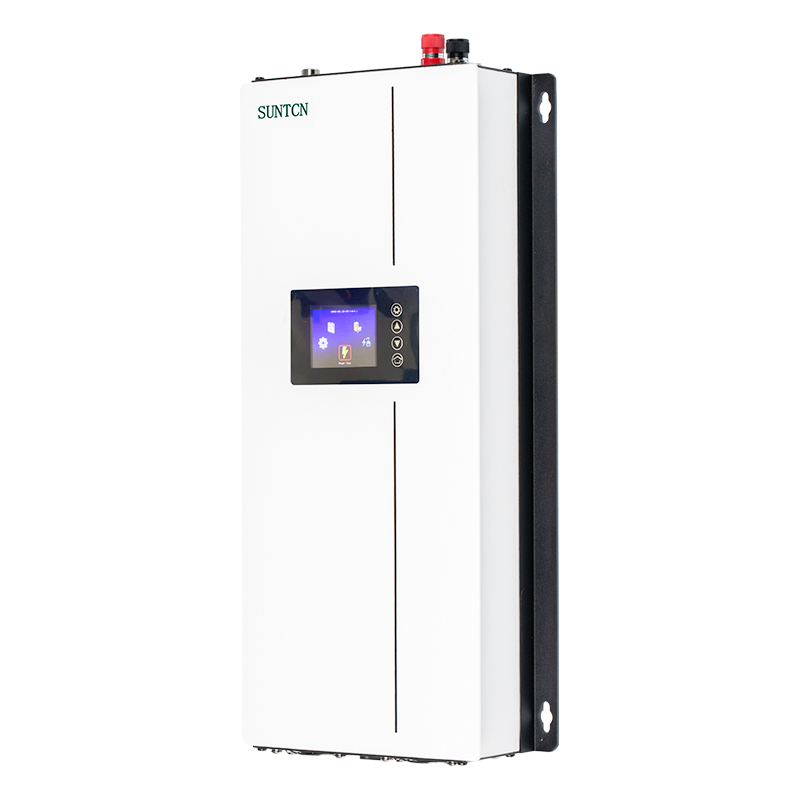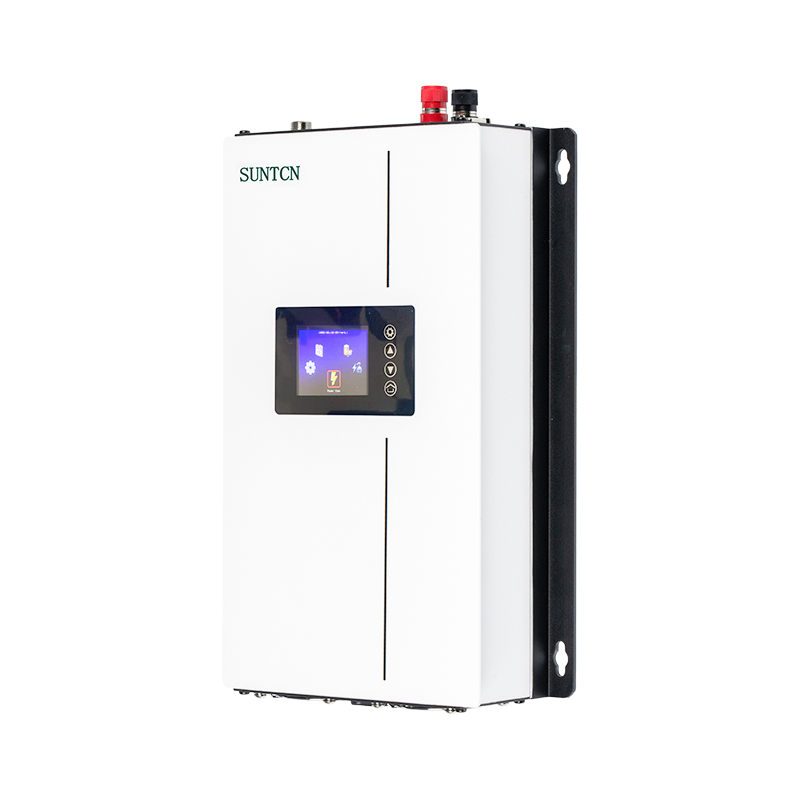As the world moves toward more sustainable and renewable energy sources, One of the essential components in making solar power usable on a large scale is the grid tie inverter (GTI). These devices play a crucial role in converting the direct current (DC) generated by solar panels into alternating current (AC), which is the type of electricity used in homes and businesses. Furthermore, grid tie inverters ensure that the energy generated by solar systems can be safely fed into the electrical grid.
Unlike off-grid systems, which require batteries for energy storage, grid tie systems are designed to function in parallel with the grid. When the solar system produces more electricity than is needed, the excess is fed back into the grid, and the system's owner may receive credits or payments for the energy they contribute. This process, known as net metering, can help offset energy costs for the user.
Grid tie inverters serve as the intermediary between the solar power system and the electricity grid. Here’s how the process works:
Solar panels generate DC electricity, which cannot be used directly in homes or fed into the grid because the grid operates on AC power. The grid tie inverter converts the DC power into AC power, making it compatible with the electrical grid.
One of the important functions of a grid tie inverter is its ability to synchronize the phase, voltage, and frequency of the electricity it produces with the grid’s existing AC supply. This ensures that the power fed back into the grid does not cause electrical disruptions or damage to the infrastructure.
When the solar system generates more electricity than the building requires, the inverter automatically directs the surplus electricity to the grid. In regions where net metering is available, this can result in credits for the user, effectively lowering their energy bills.

Modern grid tie inverters come with built-in monitoring systems that allow users to track energy production, performance, and overall system health. These inverters also have safety features, including anti-islanding protection, which ensures that if the grid goes down, the inverter stops feeding power to avoid potential harm to utility workers or equipment.By converting DC electricity into AC, grid tie inverters make it possible to use solar energy directly in homes and businesses, reducing reliance on the electrical grid.
Grid tie inverters facilitate the integration of renewable solar power into the grid, contributing to the reduction of carbon emissions and the overall environmental footprint. By using solar energy, users are helping to transition away from fossil fuel-based power generation, which is a significant contributor to climate change.
One of the primary reasons for adopting grid tie solar systems is the potential for cost savings. When excess energy is fed back into the grid, users may receive compensation through net metering or feed-in tariffs, which can significantly reduce their overall electricity costs. In many areas, this can even result in a monthly credit, making solar power an increasingly cost-effective investment.
Since grid tie inverters are connected to the public power grid, they benefit from the grid’s stability. In the event of a shortfall in solar generation (e.g., during cloudy weather or at night), the grid provides supplementary electricity. This eliminates the need for expensive battery storage systems typically found in off-grid solar setups.
Grid tie inverters are scalable, meaning they can be used in small residential solar systems or large commercial solar farms. This makes them a versatile option for a wide range of solar applications, from individual homes to utility-scale solar power installations.
While grid tie inverters offer many ome with some considerations that potential users should keep in mind:
A key limitation of grid-tied systems is that they rely on the utility grid. If the grid goes down due to maintenance or a power outage, the solar system will not be able to provide power unless it includes additional storage (such as batteries) or backup systems. However, many grid tie inverters are designed with safety mechanisms that prevent the system from feeding power back into the grid during an outage to protect utility workers.
While the long-term savings of grid-tied solar systems can be significant, the initial cost of purchasing and installing the inverter and the entire solar system can be high. However, many governments offer incentives, rebates, and tax credits that can help offset these costs.
Grid tie inverters must comply with local regulations and standards, which vary by region. Some areas may require specific certifications or certifications for certain inverter models. It’s important to work with an experienced installer to ensure that the system meets all local grid codes and safety standards.
The role of grid tie inverters in the future of energy is expected to grow as solar power continues to expand. Advances in inverter technology are already enabling higher efficiency, better integration with smart grids, and enhanced performance monitoring. In addition, as the push for clean energy continues, the demand for efficient, reliable systems that connect solar energy to the grid will increase.
One promising development is the advent of smart inverters, which can adapt to dynamic grid conditions and provide additional services to the grid, such as voltage regulation and frequency stabilization. This is particularly important as more intermittent renewable energy sources, like solar and wind, are integrated into the grid, and the need for grid stability becomes more pressing.

 English
English Español
Español Deutsch
Deutsch










